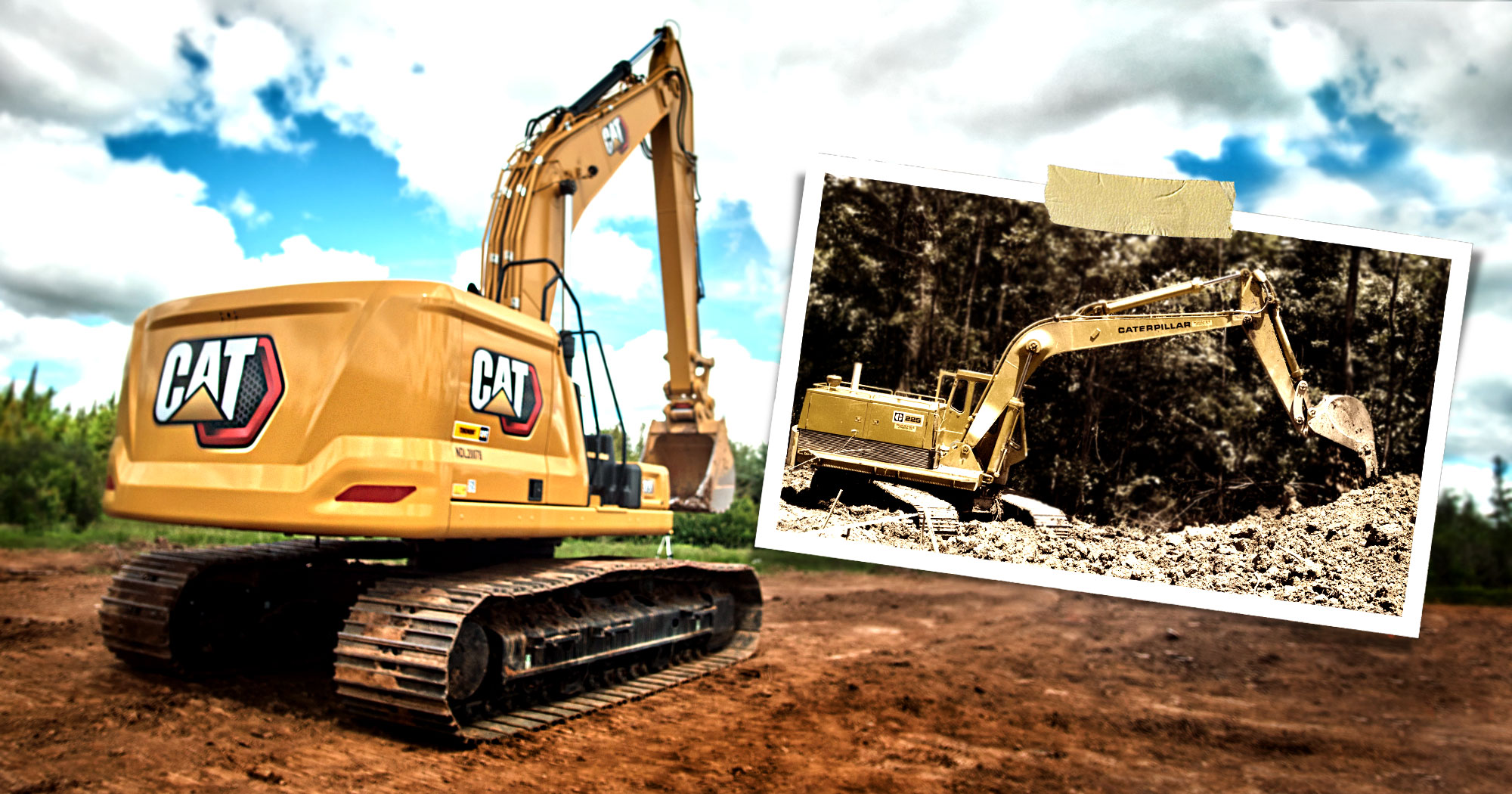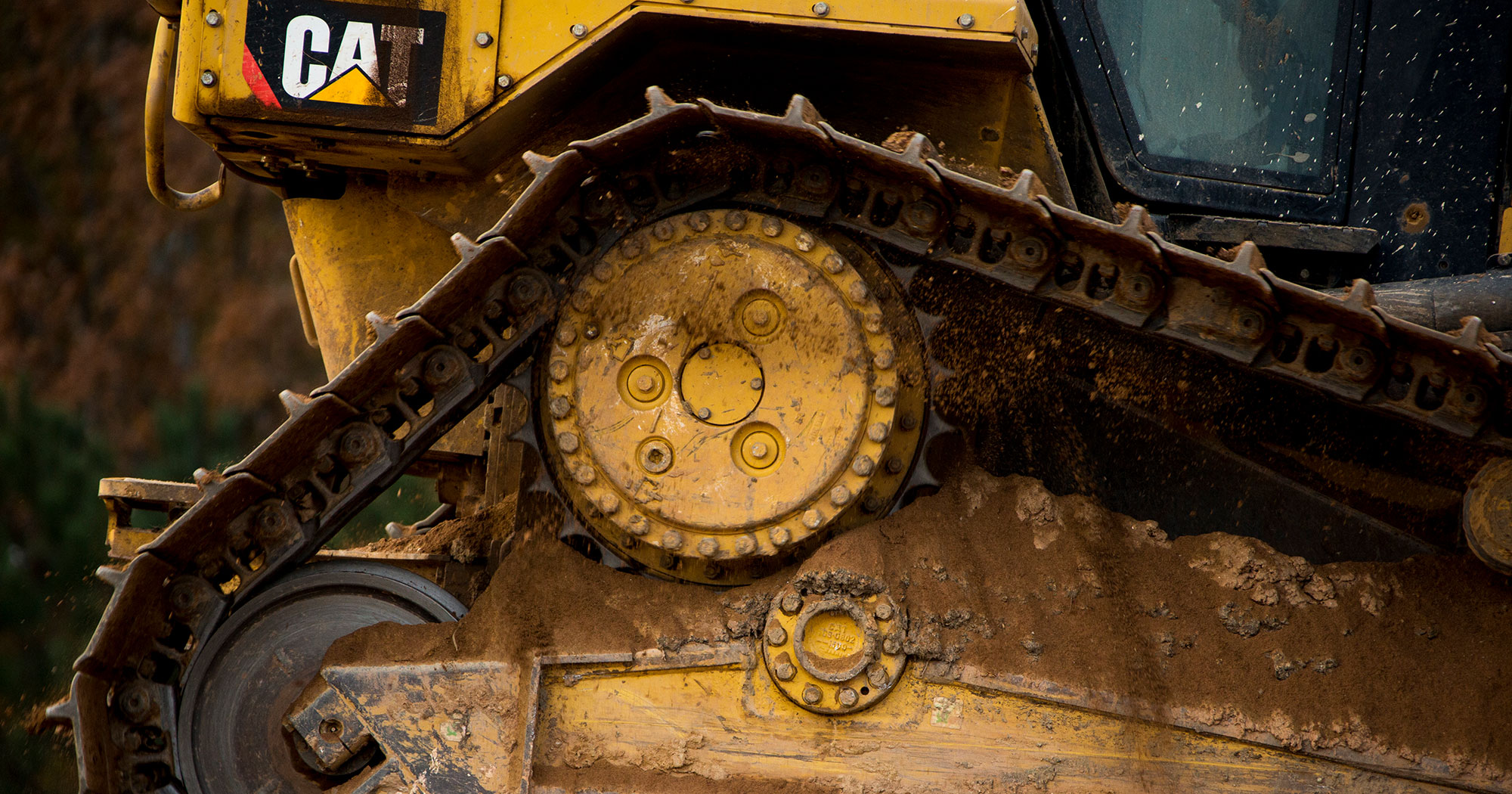
A few simple best practices will improve performance and lower maintenance costs on your undercarriage.
As any owner or operator of track equipment will point out, a large portion of overall maintenance costs goes to servicing this critical drive system – almost 50% by some accounts. Though it’s built tough, crawling equipment is loaded with moving parts and operates under the harshest conditions, all the more reason to pay special attention to its proper operation and maintenance.
It almost goes without saying that the two most critical factors for ensuring trouble-free undercarriage operation are keeping it clean and under proper tension. But a number of other considerations can also make the difference between flawless performance and frequent visits to the mechanic’s bay.
Minimizing wear and tear
Undercarriage components operate under heavy loads and will eventually wear out and will need replacing. There is no set service life for any of these components; the more abuse they withstand the sooner they’ll need to be replaced. There are certain things you can control to help minimize this wear and keep your undercarriage functioning smoothly for longer.
What are you using the equipment for? Some applications are harder on undercarriage systems, with the amount of torque being transferred through the drive train being the principal factor governing mechanical strain. The more torque on the system, the more wear and tear.
When you are literally moving mountains, gravity is both your friend and terrible source of equipment strain. Working upslope, over crowns and through depressions has the machine fighting gravity and subjecting moving parts to additional stresses.
What about the material underfoot? Obviously hard rock or other debris will be carried by the track into the undercarriage, testing its limits. But even the softest fine sand with its high degree of abrasion will take its toll on moving parts and must be addressed daily.
Even when you take away all these physical factors your equipment is not out of the woods yet: there’s still the human factor. How aggressively an operator uses the equipment and how attentive he or she is to its daily maintenance can make a big difference in how long components will last.
Operation is everything
A lot of operator-generated abuse happens in the name of productivity: driving a machine harder and faster is often synonymous with getting more production. All it takes are a few bad habits like this, endlessly repeated, and it can really take a toll on a machine.
We mentioned driving too fast over rough terrain, but over-aggressive operation in general, whether digging, trenching, dozing, pushing, ripping, loading, carrying or grading, is an equipment killer. What about placing excavation force on the rear drive sprocket instead of the front idlers? Or digging from the side and placing the undercarriage under cross tension? These habits, if not corrected, are very hard on a machine, as are spinning the tracks on soft ground or the failure to alternate turning direction. Using reverse when unnecessary stresses components, as does working on slopes instead of leveling equipment first…these are all correctable habits fleet managers need to identify and address. Some of the biggest savings on maintenance can result from comprehensive operator training and on-site monitoring to ensure operational best practices are understood and applied.
Toromont Cat Undercarriage Wrap packages include expertly selected components, matched to meet your requirements and your budget.


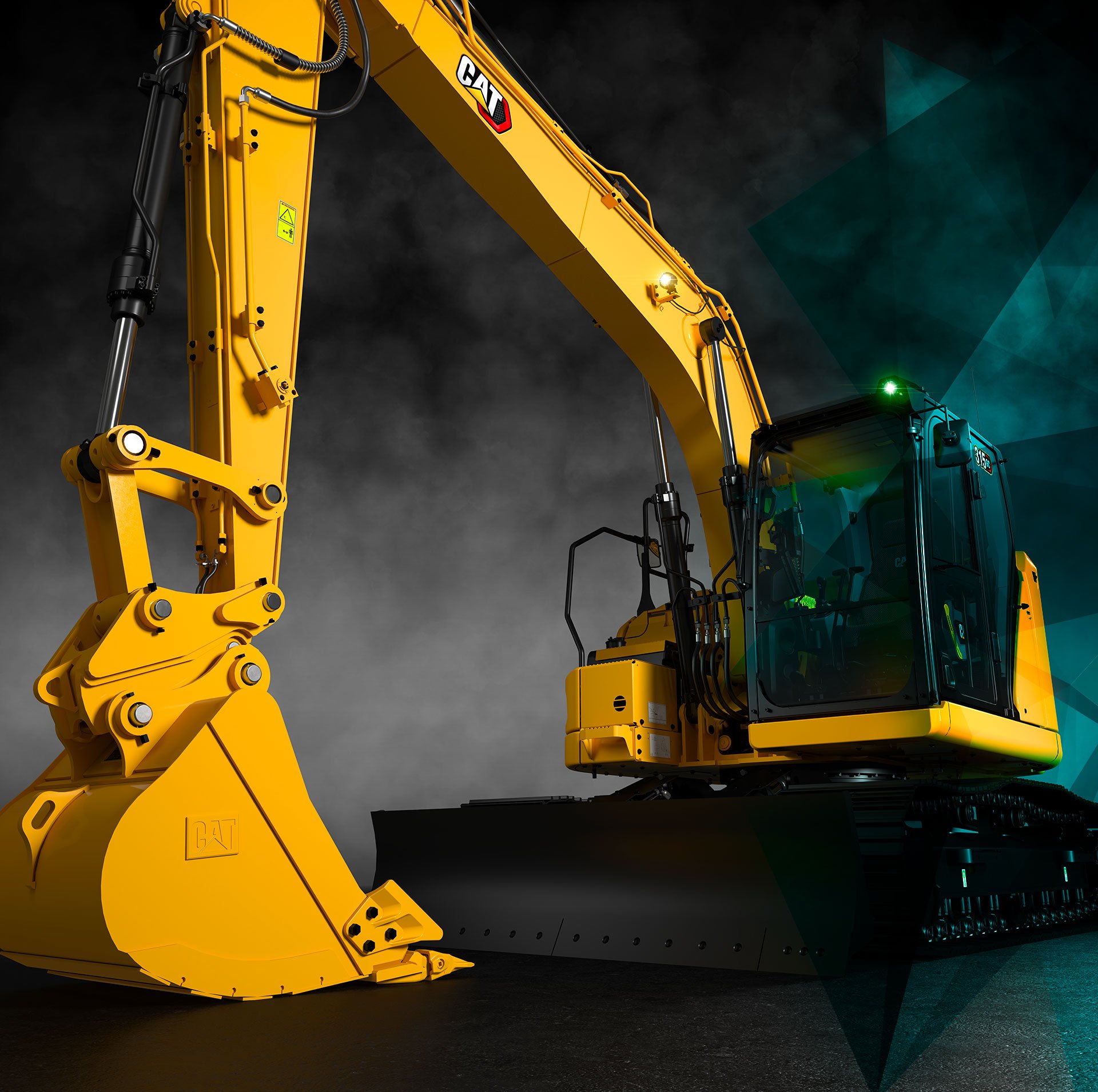
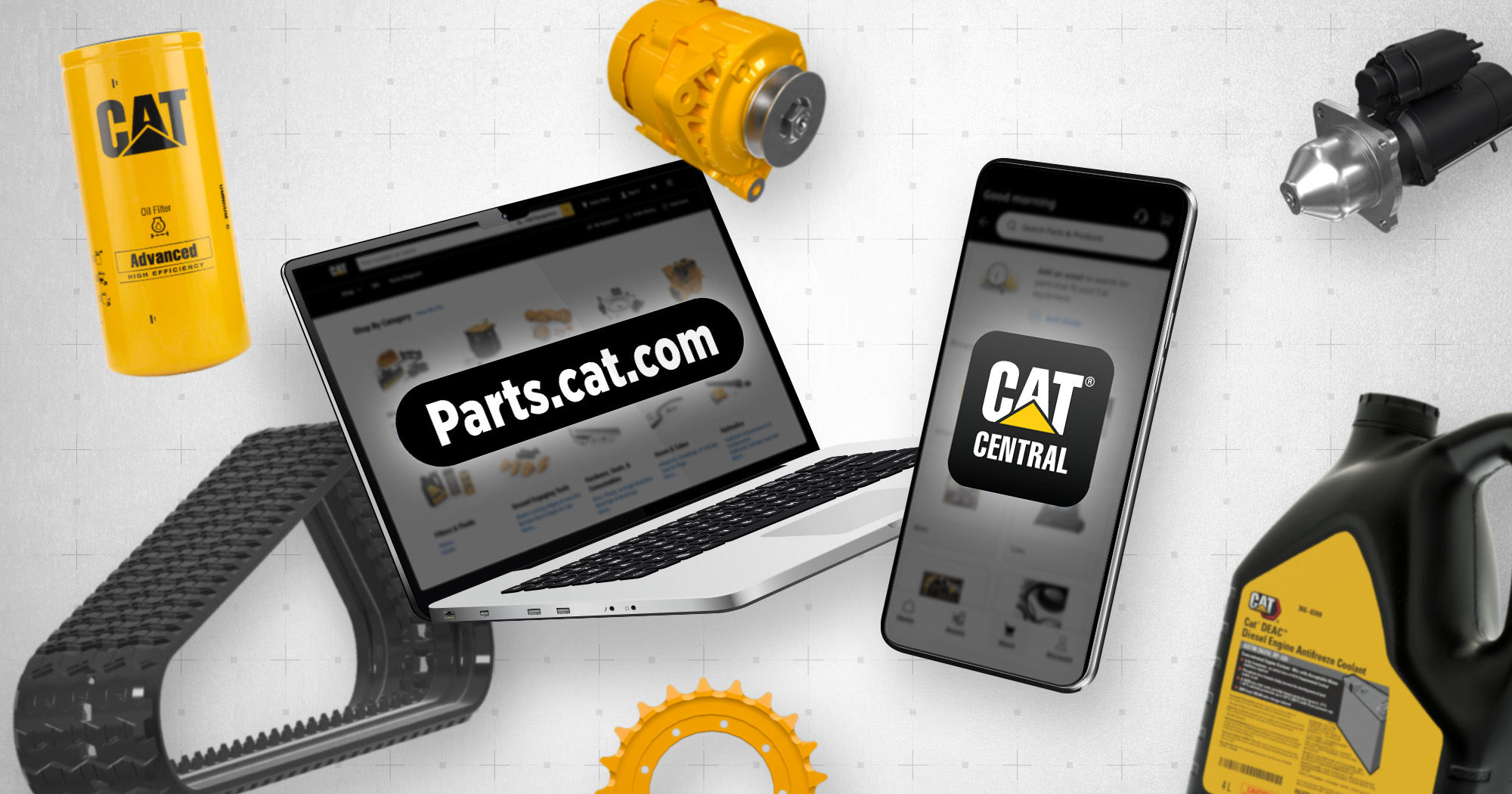



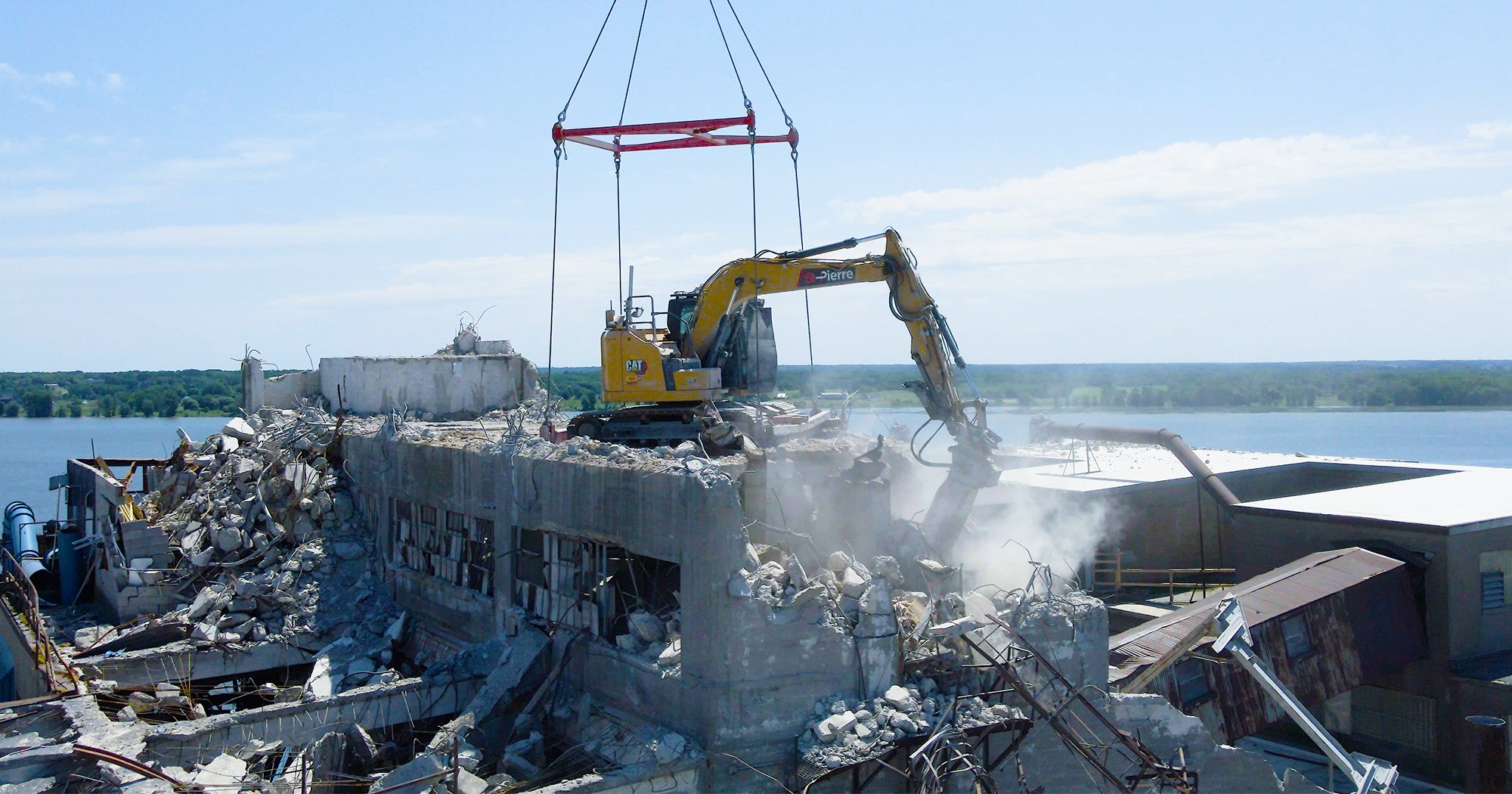
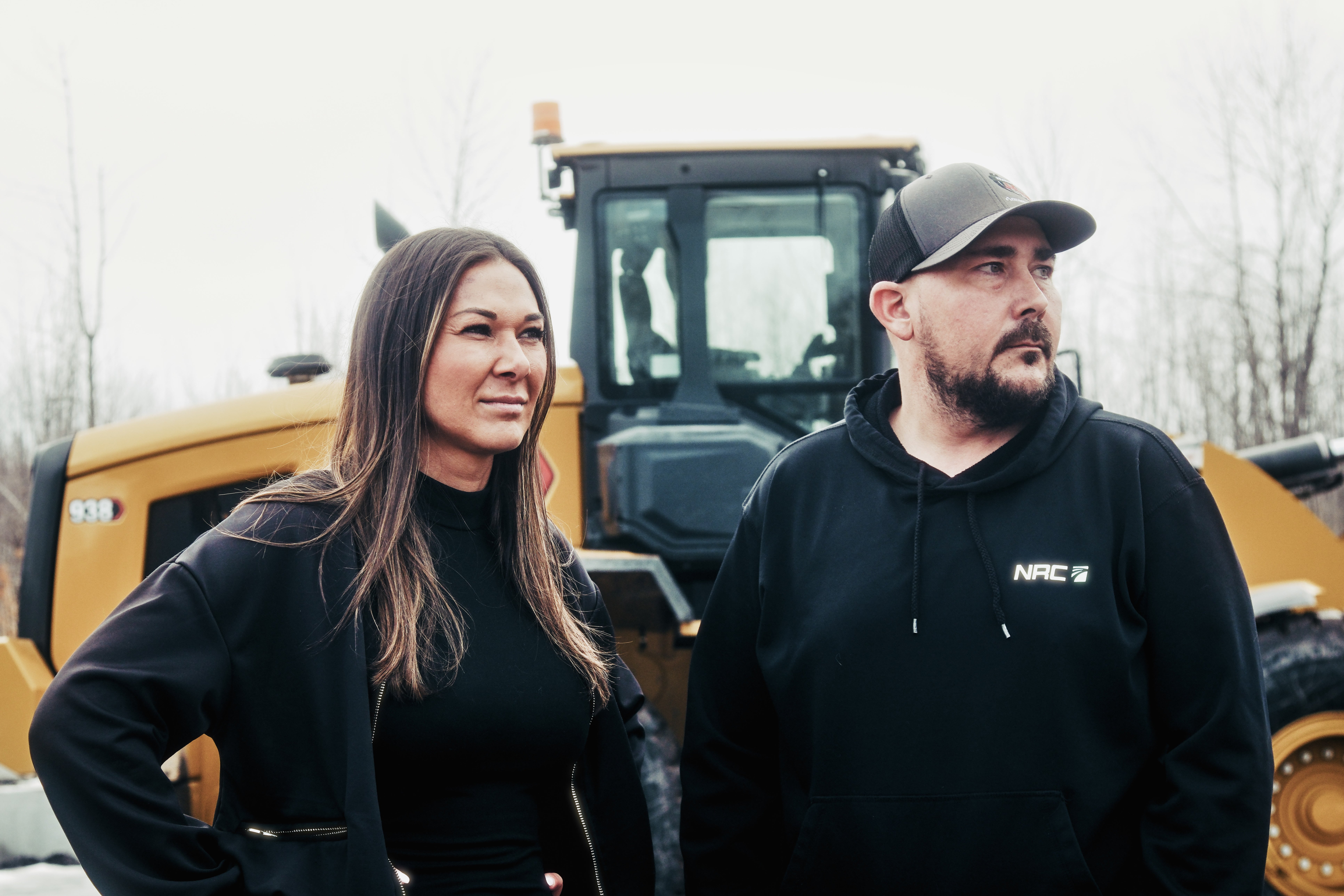
.png)
